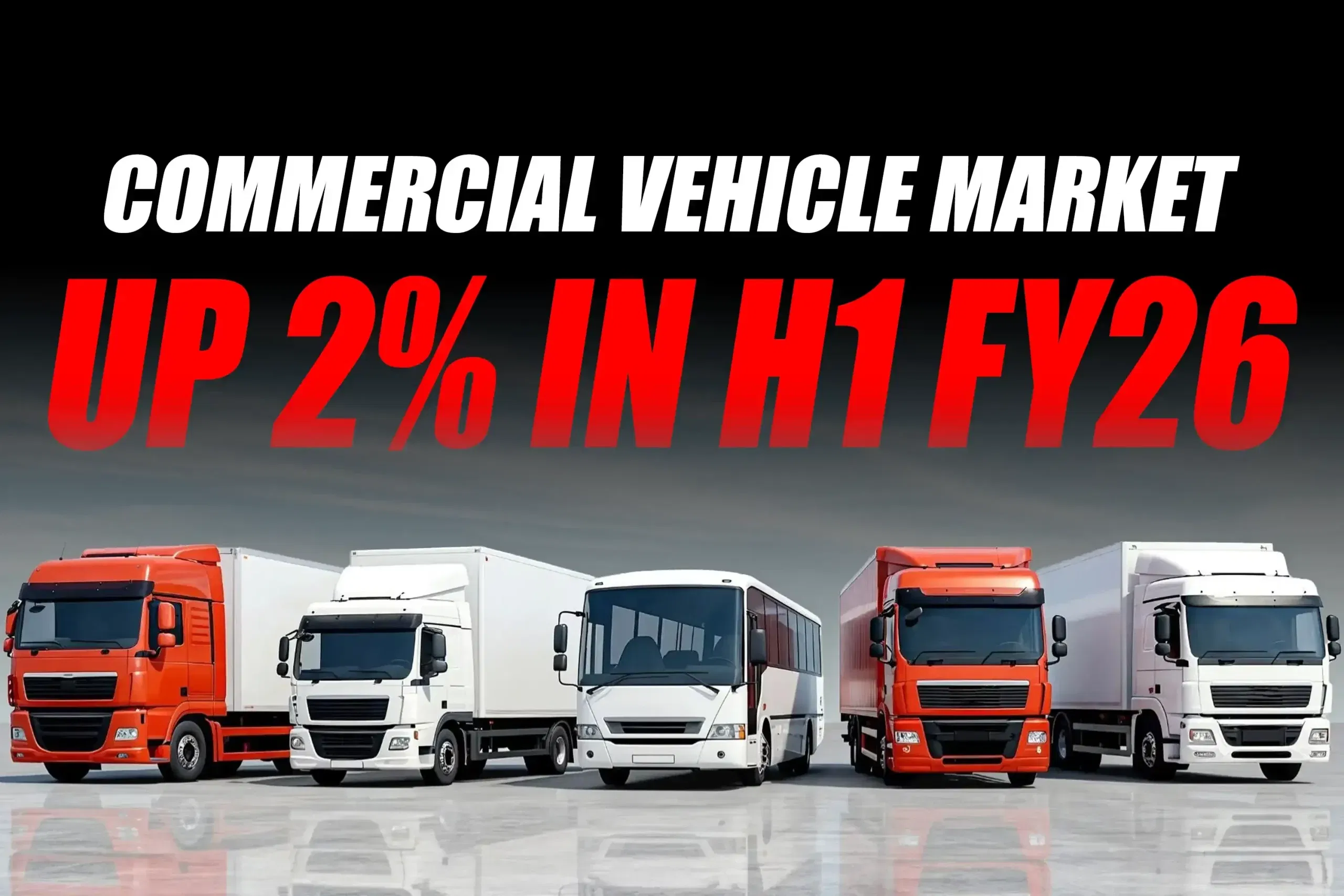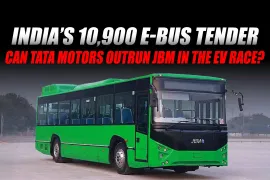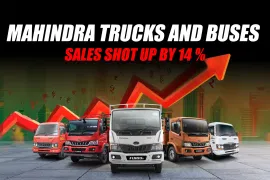The Indian commercial vehicle sales segment continued to see a stable, upward tick in the first half of FY26, reflective of hope amidst caution. Data shared by the Federation of Automobile Dealers Associations, or FADA, showed total retail sales of commercial vehicles at 463,695 units, recording 2% year-on-year growth over 454,681 units in H1 FY25. This nominal increase reflects a mixed tale of LCV and MCV each posting great performances, while HCV seemed to show signs of fatigue.
LCV and MCV Segments Lead the Growth
The growth of the CV market in H1 FY26 was propelled largely by sales of LCV and MCV. Together, these segments accounted for the greatest proportion of incremental volume driven by expanding last-mile delivery networks, rising e-commerce penetration and healthy infrastructure spending in semi-urban corridors.
Healthy replacement of fleets and new purchases by small logistics operators were reported across key logistics hubs such as Delhi-NCR, Pune and Ahmedabad. This, in fact, reflects that the LCV segment, essentially below 2–3.5 tons payload capacity, remained in a steady drive owing to its affordability and versatility in intra-city cargo movement.
Likewise, MCVs benefited from enhanced usage in intra-regional freight. Demand from construction material transporters, FMCG distributors and cold-chain operators further enhanced sales in this category. Together, the LCV-MCV space gained significant ground as a core stabilizing factor for India's commercial fleet ecosystem.
In contrast, the HCV demand that forms the backbone of long-haul freight movement weakened in H1 FY26. After an encouraging performance in the first half of FY25, macroeconomic uncertainties, uneven infrastructure project execution and increasing operational costs weighed on the purchase of new trucks.
According to industry experts, the demand trend reflects the delayed funding of projects and subdued mining and steel sector activities. Besides, a growing preference for fleet optimization, using telematics and route planning to extend vehicle life—also reduced the need for urgency regarding fleet renewal in the HCV space.
Infrastructure and City Growth in Full Swing
The broader FY26 CV growth narrative is closely aligned with India's ongoing infrastructure development push. Road construction, housing projects and the expansion of logistics parks improved the utilization rates for small and mid-size trucks. The PM Gati Shakti initiative, along with accelerated warehousing development in Tier-II and Tier-III cities, created sustained freight movement across regional corridors.
This momentum also reflects a structural change-from long haul to multi-leg, regional logistics-benefiting smaller trucks and increasing their frequency of deployment. Not surprisingly, therefore, fleet owners have shown greater appetite for LCV and MCV additions rather than investing in large HCV fleets.
Dealers and Industry Outlook
Although the commercial vehicle industry in India is optimistic due to infrastructure-related demand, it remains cautious owing to interest rate trends and fluctuations in diesel prices. For one, dealers report steady inventory levels, with a few indicating improved access to finance through NBFCs for small fleet owners. Assuming acceleration in pre-election spending and road development projects, the second half will be stronger in FY26. Industry associations believe the continued focus on logistics efficiency, scrappage incentives and green fleet adoption can sustain the growth momentum of this sector for some time in FY27 as well.
For more articles and news, stay updated with 91trucks. Subscribe to our YouTube channel and follow us on Facebook, Instagram and LinkedIn for the latest videos and updates from the automotive world!









